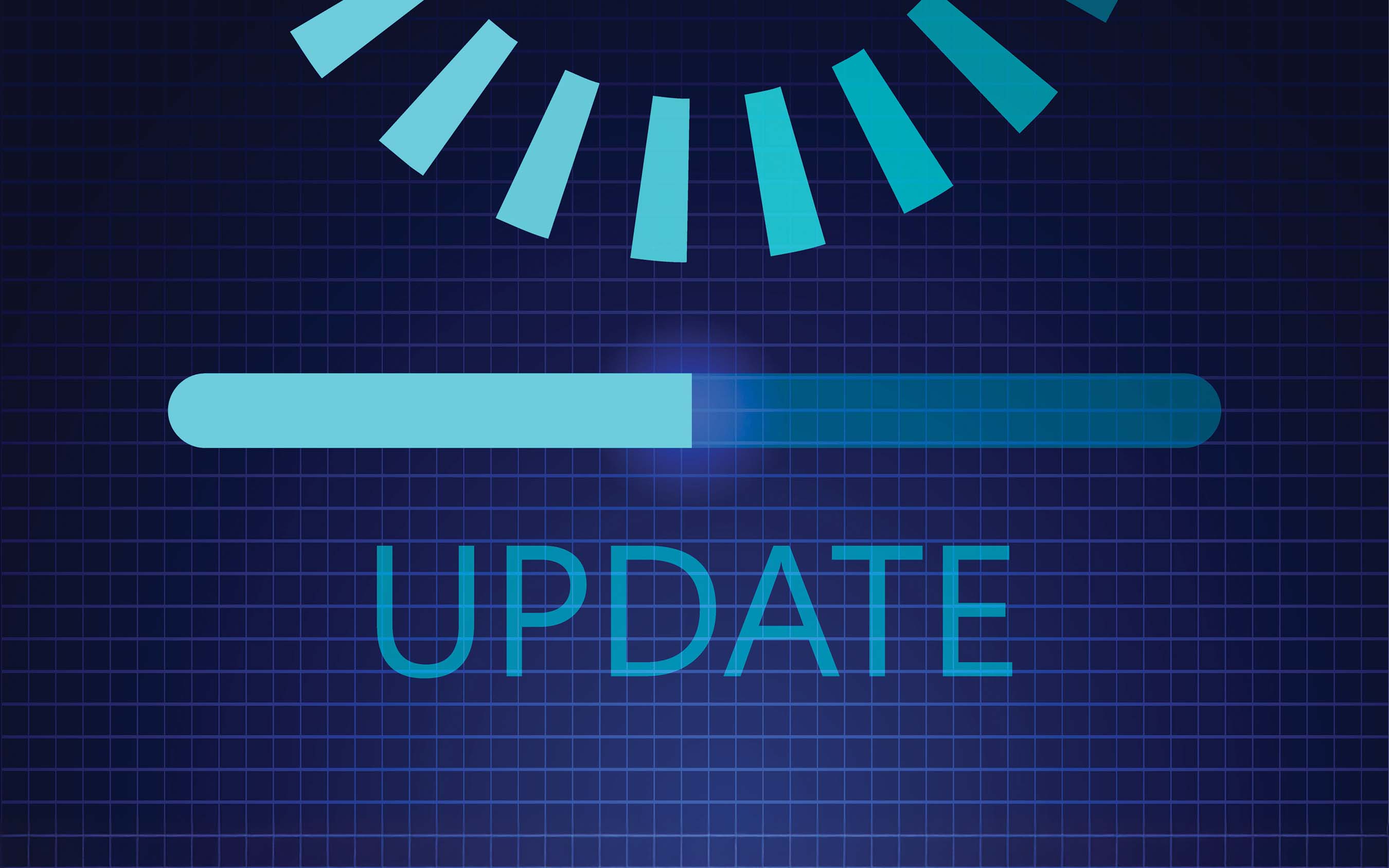As businesses increasingly demand seamless financial operations, community banks can play a critical role in providing automated integrated payments, receivables and treasury management services, reshaping the landscape of business banking.

CommerceOne Bank in Birmingham, Ala., offers its business customers a full suite of integrated services, says Kenneth Till, CEO of the $681 million-asset community bank.
“Internal business workflows can have a transformative impact on banking relationship integration,” Till says. “By streamlining operations, businesses can automate routine tasks such as payment processing, reconciliation and cash flow monitoring, significantly reducing inefficiencies and the risk of human error.”
Building the ‘right’ approach
Through customizable, API-driven integrations, CommerceOne Bank offers businesses the flexibility to connect its banking services with their existing financial systems, ensuring a tailored approach that meets their operational needs.
“We know that businesses today demand more than traditional banking. They expect digital solutions that integrate directly into their operations, providing real-time account access, transaction tracking and proactive exception management,” Till says. “Advanced features, such as automated payment files and real-time cash flow analytics, empower businesses to optimize operations, reduce costs and increase efficiency.”
By focusing on client-centric innovation, CommerceOne Bank can create tailored solutions that meet the needs of small and medium-sized businesses, helping them optimize payments and treasury management.
“At the same time, adopting scalable and efficient technologies enhances the bank’s internal processes, enabling us to compete with larger institutions while preserving personalized service that is a competitive advantage,” Till says.
Gulf Coast Business Bank in Fort Myers, Fla., opened its doors in June 2022 with Jack Henry’s core and its treasury management solution at the outset, says William Blevins, president and CEO of the $103 million-asset de novo.
“We wanted to be a branch-light organization. And so, we found really good technology so that business clients in southwest Florida could bank anywhere with us,” Blevins says.
Gulf Coast Business Bank’s team tailors its treasury management services to best fit the customer’s needs, after learning how they conduct their business, including how they structure their back-office operations and whether they use certain types of accounting software, says Stephen G. Murray, the community bank’s vice president of treasury management.
“We do a deep dive with our clients to really figure out how our treasury management products, including fraud prevention, fits hand [in] glove in the way they like to conduct their daily business,” he says. “It’s a whole integration process.”
Treasury management customers can then use these functionalities at their convenience, Murray notes, and they don’t need to come into the branch or call bank personnel to do so.
API-enabled treasury management
These days, business owners expect more robust treasury management services from their community banks, including providing them with API-enabled digital platforms that connect with their accounts payable and receivable systems, as well as their enterprise resource planning software, says Danny Payne, senior director of sales, digital, for Jack Henry.
Banks can also offer customized cash flow forecasting tools and other industry-specific financial tools via APIs on the platform.
“We can help them by creating a new digital front door for them,” Payne says. “They can say to their clients, ‘Here is the base-level service you’re using, and here are the different technologies that we can integrate to create more of a centralized dashboard for you—without you needing to go out and shop for each one of those services individually.’”
Real-time treasury management
According to some community bankers, a robust treasury management offering should include real-time payment capabilities.
Real-time payments, such as those enabled by the FedNow Service, are transforming transaction processes by eliminating delays, providing immediate settlement and improving cash flow for businesses, while reducing reliance on traditional check-based or delayed ACH systems, says Kenneth Till, CEO of CommerceOne Bank in Birmingham, Ala.
These solutions deliver significant business value, enabling companies to secure early payment discounts, strengthen vendor relationships and reinvest freed-up cash into growth opportunities.
“As customer expectations for speed and convenience continue to rise, real-time solutions are no longer optional,” says Till. “They are imperative for banks seeking to remain relevant and meeting the evolving needs of their clients.”
Bank of the James in Lynchburg, Va., which currently offers receive-only capabilities on FedNow, works with gig workers for delivery services like Grubhub and DoorDash, says Amanda Schmitt, senior vice president and operations manager.
“They set this up on their delivery services app, so they can get paid almost instantly every time that they make a delivery,” she says. “For the bank, since they’re getting paid faster, they can use their debit card faster and put us at top of wallet.”
Carter Bank & Trust in Martinsville, Va., currently offers “receive-only” on both FedNow and The Clearing House’s RTP Network. Matt Speare, its SEVP and chief operating officer, expects use will increase as more business customers become aware of instant payments’ beneficial use cases, such as for payroll.
Speare notes that FedNow and RTP allow businesses to submit their payroll and deliver payment in the same day. “Then they can have one day of float,” he says, “where the funds have not left the company’s accounts.”
Automation is everything
Community banks are expanding their treasury management services with additional automated processes. Carter Bank & Trust in Martinsville, Va., uses ICBA ThinkTECH Accelerator alumnus Finboa’s treasury onboarding software-as-a-service (SaaS) solution and payments disputes software, says Matt Speare, senior executive vice president and COO of the $4.6 billion-asset community bank.
Historically, Carter Bank & Trust, like most community banks, would have its business customers complete paper-based documents on the types of treasury management services they would need, Speare says. Then the customers would have to send the forms to the bank’s back office, and a staffer would have to manually provision their accounts for those services within the bank’s systems.
Now, Carter Bank & Trust has digitalized and streamlined paper-based workflows while ensuring regulatory compliance, thanks to Houston-based Finboa. Using automated onboarding, Speare explains, customers complete an online form with generated signatures and data elements that interface with the bank’s treasury management systems, thereby automatically provisioning selected services.
“It’s a labor arbitrage, so it makes it faster as well as less prone to errors,” Speare says. “There’s nothing worse than setting up a brand-new customer into that kind of service and then you don’t quite get it right. It’s all about making it more efficient for both the bank and the customer, as well as improving the customer experience.”
Carter Bank & Trust’s treasury management system supplies files that can be injected into a business customer’s accounting software, which makes it easier to track and reconcile those accounts. The files can be in custom or standard format, depending on what the bank’s accounting system requires.
“That makes it easier for their head of finance and accounting to ingest that information, versus having to do manual entry on their side,” Speare says.
Payment disputes made easy
Quick Stat
$12.6B
The predicted global treasury management market value by 2030
Source: Coherent Market Insights
Bank of the James in Lynchburg, Va., offers “a menagerie” of treasury management services for its business clients, says Amanda Schmitt, the $979 million-asset community bank’s senior vice president and operations manager.
“If they’re more efficient, we’re more efficient, and so we want to provide services to our clients where everybody wins,” she says.
Before adopting Finboa’s automated dispute resolution service, the community bank’s entire dispute process was manual, Schmitt says. Staff had to manually create an affidavit disputing a payment, the customer had to come into a branch to sign it, and then staff had to compile a manual cash letter to the Federal Reserve. For payment disputes, staff had to create spreadsheets. According to Schmitt, the entire process entailed “mounds and mounds of paperwork.”
Bank of the James can now obtain electronic signatures from customers remotely. With just a call, Schmitt says, customers can work with a bank rep to address unknown transactions.
“It provides the automation of transactions versus having to manually make entries, where there’s always room for error,” she adds.
Finboa’s solution also provides Bank of the James with a dashboard to help staff keep up with the necessary timeframes to ensure the community bank remains Reg E compliant, providing provisional credit to the customers in a timely fashion and closing claims as quickly as possible.
Schmitt notes, “It’s been a lifesaver for us and probably has saved us from having to have additional FTEs.”






